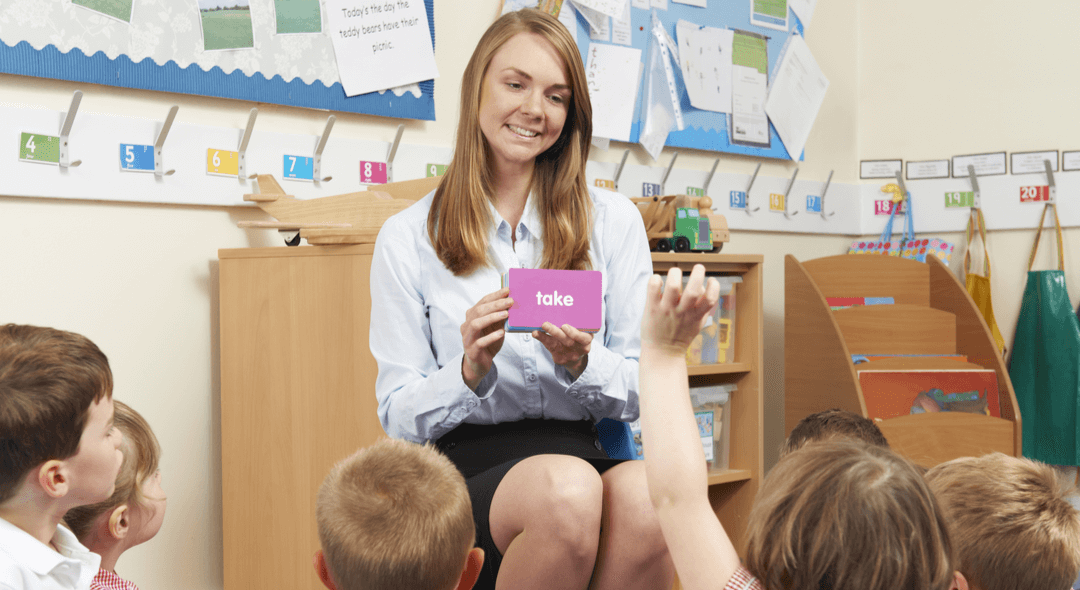Teaching Phonics
rnWhen it comes to teaching children how to read, experts across the UK agree that phonics is the best method. For many teachers, parents and carers who did not learn phonics in school, supporting the child in your life, as they learn this approach can be difficult. However, consistency is extremely important, especially when it comes to something as fundamental as being shown how to read and write.This course goes over everything you need to know about teaching phonics to your child spread out over two separate modules.rnThe first module gives you an introduction to phonics, including the methods used and the goals of each one.Our second module talks about working with phonics in everyday situations. We also review the topic of phonics and dyslexia, as well as briefly discuss the use of phonics with ESL or (English as a second language) students.By the end of the course, you should have a solid foundation that you can build on to help support the children or students in your life as they learn to read.rn
You Will Learn:
rn
- rn
- The three main lessons that phonics teaches
- The four methods used to teach phonics to students in the UK
- The six phases of phonics as set out by the Department for Education
- Information about the Phonics Year 1 Screening Guide
- Reasons why you should include phonics in your lesson plans
rn
rn
rn
rn
rn
rn
Benefits of Taking This Course
rn
- rn
- Understanding more about dyslexia
- Learning specific strategies that you can use to improve your child’s confidence
- If you are involved in ESL, you can learn the pros and cons of using phonics to teach your students how to read
- If you are a teacher or educator, you can learn more about the different approaches to phonics, helping you identify the best one for the children in your care
- If you are a parent, you can learn more about how to support your child at home as they continue to learn how to read
rn
rn
rn
rn
rn





